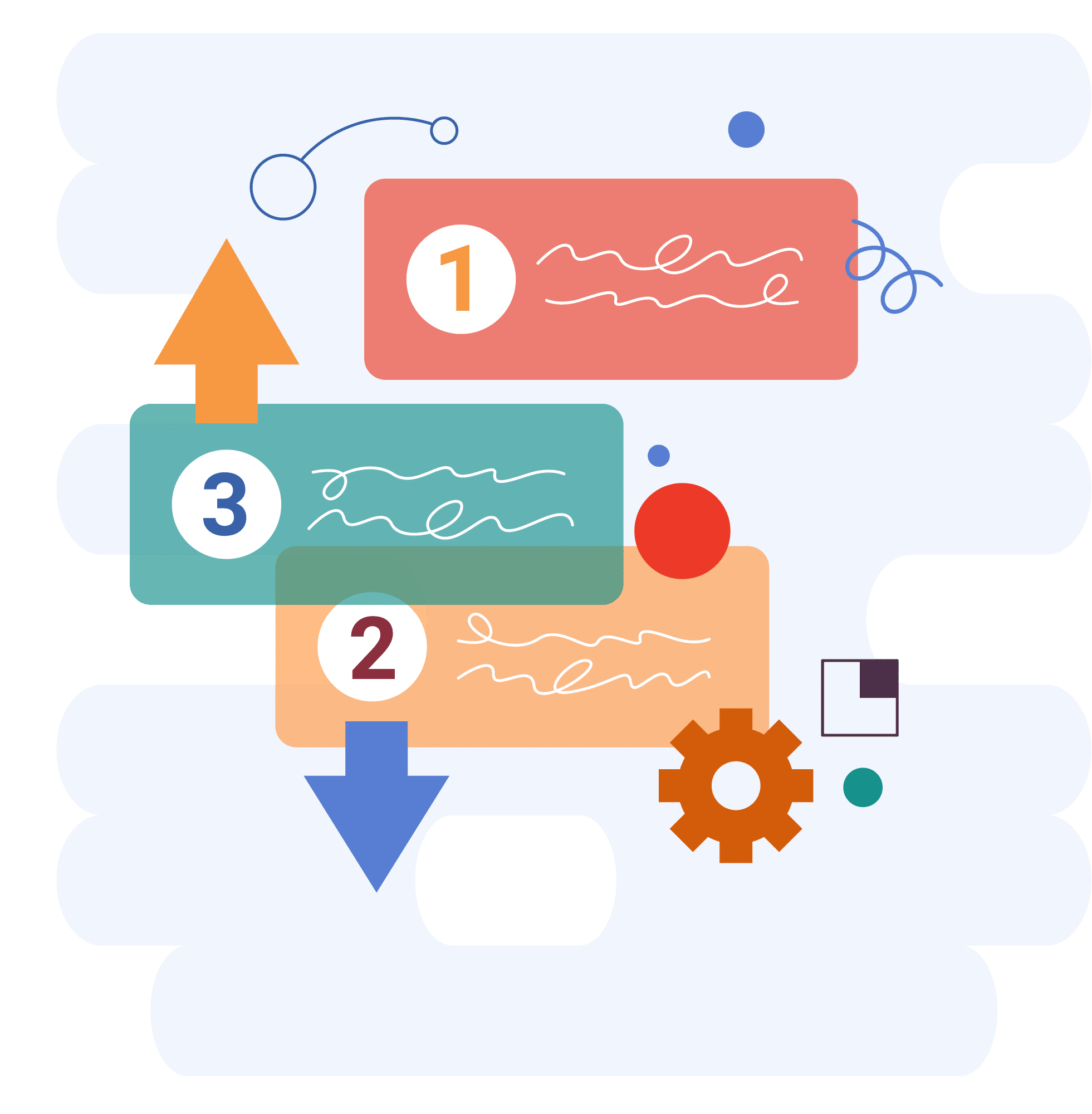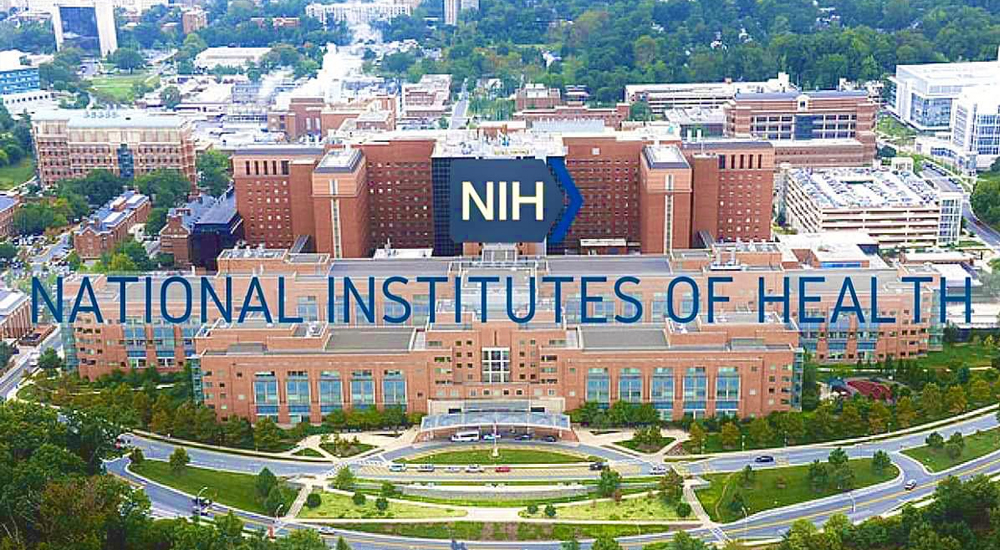How It Works
An IdeaScale Workspace allows you to launch a collaborative campaign tailored to your organization’s needs. Whether your goal is to surface ideas around a key research priority, gather input on a new initiative, or improve internal operations. Your workspace equips your team with the tools to transform ideas into actionable strategies that drive impact.

Step 1: Define Your Topic and Audience
First, identify your topic and target audience. Your topic should align with advancing a clear mission or strategic priority. Your audience could be your internal team, your broader organization, or an external community relevant to your initiative.
Step 2: Launch Your campaign
Once your topic and audience are defined, you’re ready to launch. For campaigns targeting the general public, consider how you will get the word out to ensure broad participation.
Step 3: Transform Ideas into Action
As ideas are submitted, the platform helps you evaluate and prioritize them with community input, turning them into data-driven roadmaps that guide research funding and decision-making.
The NIH – IdeaScale Workspace is Available to All
The NIH – IdeaScale Workspace is available to all NIH institutes and centers, giving any team under the HHS umbrella the ability to build on proven models of public engagement. This approach cuts down duplication of effort, strengthens global research partnerships, and sets clear priorities that move.
Why the NIH – IdeaScale Workspace Matters for Your Initiative
Using the NIH – IdeaScale Workspace for your public health initiatives not only saves valuable time, it accelerates progress toward your mission and amplifies the impact of your work. Rather than relying on slow, traditional approaches like requests for information or conferences, the workspace enables you to engage a broader audience in real time. This means faster insights, stronger collaboration, and a clearer path to actionable solutions that move your mission.
Value Creation
Broad Expertise Access: Tap into global scientific talent beyond traditional NIH networks
Stakeholder Inclusion: Ensure patient and community voices are heard in research prioritization
Innovation Acceleration: Generate novel solutions through collective intelligence
Risk Mitigation: Identify potential issues early through crowd-sourced feedback


Time Savings
Parallel Processing: Gather input from multiple stakeholders simultaneously
Reduced Iteration Cycles: Refine ideas collaboratively before implementation
Faster Consensus Building: Build scientific and community agreement more efficiently
Streamlined Feedback: Continuous improvement through ongoing dialogue
Mission Advancement
Democratic Science: Make research more inclusive and responsive to public needs
Enhanced Translation: Improve pathway from research to real-world application
Global Collaboration: Strengthen international scientific partnerships
Public Trust: Increase transparency and accountability in research prioritization

NIH – IdeaScale Workspace Use-Cases
The NIH – IdeaScale Workspace is a FedRAMP-authorized platform that provides a faster, more efficient, and more welcoming way to gather insights and drive progress. Below is a list of sample NIH public health initiatives:

| NIH Initiative | How IdeaScale Adds Value | Time Savings | NIH Mission Advancement |
|---|---|---|---|
| Chronic Disease and Nutrition Research | Crowdsource innovative dietary intervention ideas from global nutrition experts, patients, and community health workers | Accelerates hypothesis generation by 6-12 months through parallel ideation vs. sequential expert panels, saving time and money. | Democratizes nutrition research by including patient experiences and community-based solutions |
| Autism Research and Data Science | Engage autism researchers, families, and advocates to identify critical data gaps and propose novel data integration approaches | Reduces data gap identification time from years to months through simultaneous expert and stakeholder input | Ensures research priorities align with real-world needs of autism community |
| Alternative Testing Methods (NAMs) | Tap into global network of biotechnology innovators, academic researchers, and industry experts to propose cutting-edge testing alternatives | Shortens research breakthroughs pipeline by identifying promising technologies earlier through broader expert participation | Accelerates reduction of animal testing by leveraging diverse scientific perspectives |
Explore Government Innovation in Action
Government’s use of IdeaScale Workspaces to crowdsource stakeholder input, insights, and best practices.
Success Story
Experience how IdeaScale ignites innovation across government, empowering HHS and other agencies to achieve groundbreaking results.
NINDS Research Prioritization Success:
The National Institute of Neurological Disorders and Stroke (NINDS) demonstrated how IdeaScale transformed public engagement from traditional consultation into a true driver of strategic planning, enabling the institute to collect hundreds of contributions for initiatives like the BRAIN Initiative and ME/CFS Research Roadmap, organize them into structured categories that balanced scientific feasibility with community urgency, and create transparent research roadmaps that carried genuine weight in decision-making while expanding participation beyond traditional NIH pipelines to include smaller innovators, students, and external stakeholders who might otherwise have been excluded from shaping research priorities.
Collaborative Innovation Model Achievement: The NIH HEAL Initiative successfully leveraged IdeaScale to move from a closed model of innovation to a collaborative approach, engaging more than 160 community members from prestigious institutions like Boston Children’s Hospital, Mass General Brigham, University of Cincinnati, and Yale, with contributions focusing on data mining, public access, research translation, recruitment and engagement tactics and enabling meaningful dialogue between researchers and NIH moderators about critical issues like data ecosystem development, research translation, and barriers to collaboration, ultimately creating a sustainable platform for ongoing community engagement that established a foundation for addressing key challenges in opioid research, addiction treatment, and pain management.






